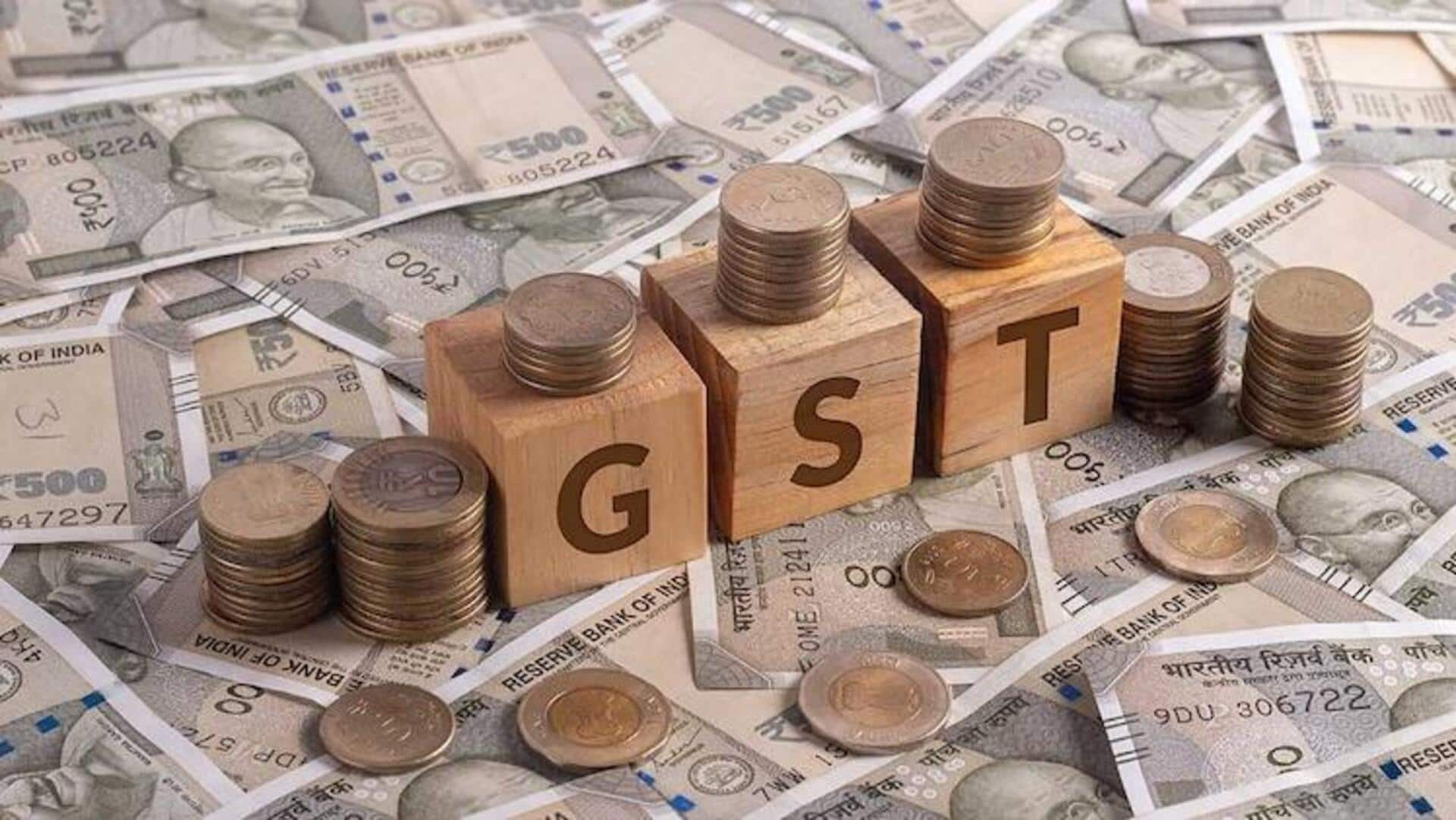
GST rate cuts could pose risks to banking sector: Report
What's the story
A recent report by Systematix Research has flagged potential risks to the banking sector due to reduced Goods and Services Tax (GST) rates. The government had earlier estimated an annual revenue loss of about ₹480 billion from the tax cuts. However, the report suggests that this figure could be as high as ₹1.2 trillion, potentially limiting capital expenditure and infrastructure credit demand.
Impact on infrastructure
Reduced GST rates may limit capital expenditure
The Systematix Research report highlights that lower tax revenues could limit the government's ability to spend on capital projects. A slowdown in public infrastructure spending, in turn, would directly affect the banking sector by limiting demand for project and infra credit. "A huge revenue loss could constrain government's capital expenditure spend, squeezing the credit demand from the infrastructure sector," it said.
Information
Exporters facing double tariffs, affecting trade flows
The report also highlights that Indian exporters are currently facing double tariffs of 25% each. This could hurt their competitiveness and eventually affect the country's trade flows. If exports decline significantly, the slowdown could trickle down to banks through reduced credit demand, the report warns.
Interest rate impact
Interest rate changes also impacting banks
The Systematix Research report also highlights the challenges banks are facing due to interest rate changes. The Reserve Bank of India (RBI) cut the repo rate by 100 basis points between February and June 2025. Banks have to pass on these changes quickly, putting pressure on their Net Interest Margins (NIMs). While margins are expected to stabilize by Q3 FY26, further rate cuts could trigger another round of stress.
MSME concerns
MSME sector challenges could trickle down to banks
The report also flags potential risks to banks from the Micro, Small, and Medium Enterprises (MSME) sector. While banks have not yet seen fresh stress, cash flow challenges in this segment could eventually affect repayment capacity. "Any rise in stress in the MSME sector could adversely impact the revenue and profitability of the banking sector," it said.
ECL transition
Transition to ECL framework poses initial costs for banks
The report also highlights that the transition to an Expected Credit Loss (ECL) framework could further impact banks' bottom lines. Currently, lenders follow RBI's existing asset classification rules, but have started submitting trial accounts based on ECL. While the RBI has not yet announced a timeline for this change, its eventual implementation will likely come with some initial costs for banks' profitability.